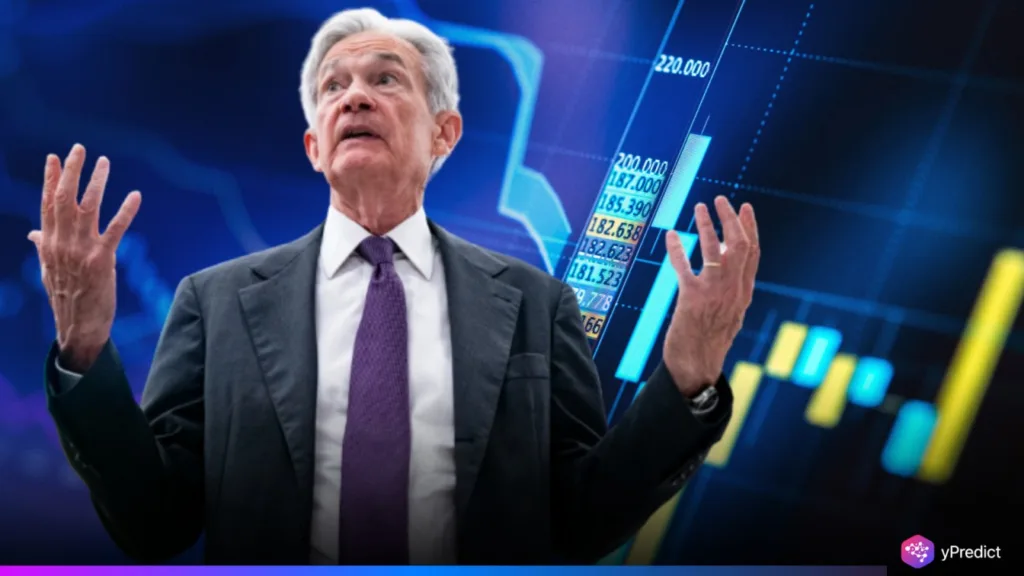
Treasury Yields were higher this week as markets prepared for the July CPI Data and an anticipated 3.1% annual increase. The rise is related to growing expectations that the Federal Reserve may move interest rates more quickly than planned if inflation proves to be more persistent than expected. Investors are still very sensitive to every change in the economic landscape, and they will remember a Federal Reserve study written earlier this year where they tied Treasury Yields much strongly to inflation expectations. The bond market’s initial reaction demonstrates how important the CPI Data this week will be to set the tone in the domestic and global financial markets.
Inflation Expectations Set the Market Tone
The projected 3.1% increase in CPI Data heightened speculation regarding the next action of the Federal Reserve. Treasury Yields climbed as investors positioned themselves before the data release to be able to capture possible gains from policy changes. Historically, yields ramp up significantly based on inflation readings that require monetary policy changes or that challenge the Fed’s objectives, and when this is recognized, it leads to a recalibration of rate expectations. This tendency is on full display again now, and the bond market is a leading indicator of monetary tightening, at least initially.
Trade Tensions Complicate the Outlook
The U.S.-China trade agreement extension that we were advised was reached and announced in June 2019, when the G20 met in Osaka. However, it is tenuous at best. The 90-day delay couldn’t settle other bubbling undercurrents of disagreement, keeping global markets skittish. Analysts contend that without a satisfactory resolution to the trade situation, the potential for renewed volatility could spark a safe-haven flow into U.S. Treasuries.
To recall, during the trade war checks of 2018-2019, Treasury Yields frequently shifted up entirely as a result of the potential tariff fallout, and when receiving news or historic data, investors were more likely to reshuffle their risk exposure. This bidirectional relationship between economic data and geopolitical tensions has now provided a pretty tricky context for the Fed going into the meeting regarding prescriptive recommendations, as well as the anticipated Fed decision moving forward.
History Guides Investor Strategy
Current market behavior suggests that investors are not just reacting to headlines but are also drawing on historical patterns. Previous episodes of trade disputes and elevated CPI Data have pushed Treasury Yields higher before official policy changes occurred. Federal Reserve research indicates that such yield adjustments often preempt formal announcements, as traders anticipate the central bank’s reaction. This forward-looking approach explains why yields have already moved up ahead of the July CPI Data release. Investors appear to be betting that inflation will remain sticky enough to warrant further tightening, even before confirmation from policymakers.
Federal Reserve Holds the Next Move
All eyes are now on the Federal Reserve’s response once the July CPI Data becomes public. This is a stronger-than-expected signal that might push the central bank to act more expediently and/or aggressively. Conversely, a weaker reading might provide more room to breathe, but inflation pressures, deteriorating trade talks, and activity in yields all suggest that the Fed is going to be somewhat more cautious. Officials are likely not to signal a pivot in policy unless there is clear evidence that inflation is under control. This will mean volatility for markets – momentum will come from data release and policy signals, as each one shifts the expectation across the horizon in the months ahead.
The bond market will continue to be at the centre of this developing narrative. For the moment, U.S. Treasury Yields, which are moving in anticipation of the CPI Data and aligned to Fed watchfulness, are driving sentiment. Traders will now be closely engaged on whether the recent yield gains indicate the beginning of a sustainable climb, or merely a short-term position adjustment, to them, ahead of some important economic releases.







